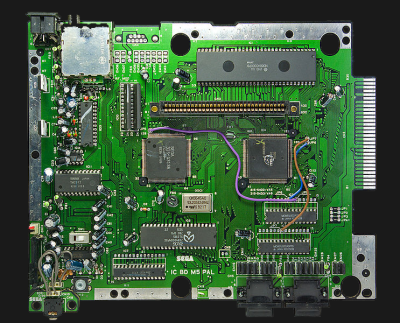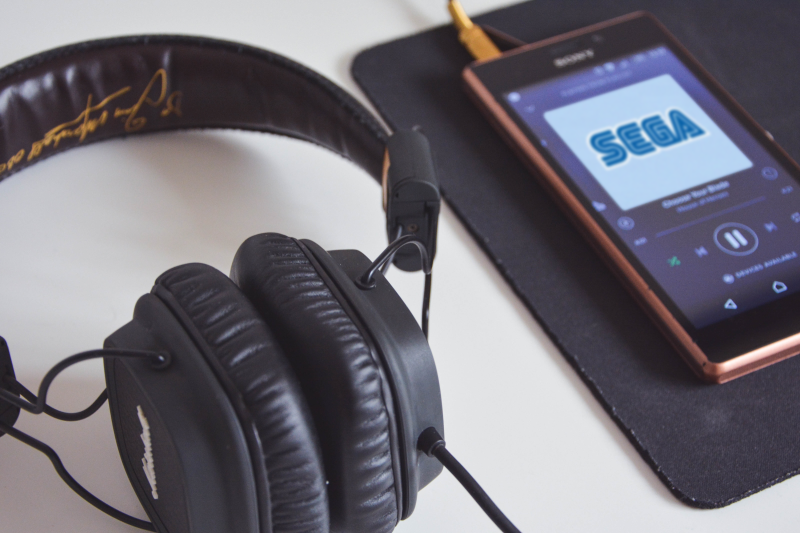It always sounded a bit crunchy, but crunchy in a good way. SEGA’s 16-bit console, whether you call it the Genesis or Mega Drive, always had a unique sound thanks to it’s Yamaha YM2612 sound chip. The chip’s ability to reproduce shredding guitars and blasting bass drums was a joy to hear when placed in the hands of capable game developers. Games such as Toe Jam & Earl, Streets of Rage 2, and Sonic the Hedgehog 3 provided some of the most incredible game soundtracks of the ’90s; and while the retail shelf life of those games may have passed, their influence on sound design should not. One individual that is seeking to preserve that quintessential SEGA sound is [Artemio] whose MDFourier project seeks to capture it for future generations to hear.

MDFourier is a crowd sourced project. Users are asked to use two pieces of software to first generate common audio through a videogame console, and another to analyze the output as to form an audio signature of that machine. Of course SEGA were not always known for their stellar manufacturing record. Throughout the dozen or so board revisions of the Model 1 console there were factory bodge wires, there was also the Model 2 console, Model 3 console, Nomad handheld, Mega Jet, CDX/Multi-Mega, and Wondermega karaoke machine. Each new revision of machine created a slightly new soundscape, and no single piece of emulation software takes them all into account. [Artemio] wants to aggregate all of this data in order to improve SEGA Genesis/Mega Drive emulators, FPGA implementations, or whatever else the future may hold.
Fans of the suite of SEGA consoles, or even fans of great documentation, can take a look at some of initial results as well as the written procedure for contributing to the MDFourier project. For those seeking a more visual step-by-step approach there is this video from YouTube channel RetroRGB below: If you’d like that Sega sound for your MIDI instrument, take a look at this MIDI synth using a Genesis sound chip.
















Not really related, but just an example of some amazing (to me) music composed by Tim Follin for what was otherwise a lackluster game on MegaDrive. He really got the YM2612 to sing – but sadly it seems this was the only time he composed for the console:
https://www.youtube.com/watch?v=MozqL_HkHF4
hey thanks very much for posting this. I’d never heard this before and it’s terrific!
https://www.youtube.com/watch?v=55rtX4wCJPM
I never cared for michael jackson’s music before I played sonic 3 but the credits track blew me away.
I’ve found what may be a factual inaccuracy in this article, specifically, this line:
“the retail shelf life of those games may have passed”
That’s cool! I recently bought an amazing music album made by ‘Remute’ for Mega Drive. I just love the FM sound. Check it out: https://remute.bandcamp.com/album/technoptimistic
Finally! For years I’ve been bothered by how sloppy documentation of the differences between these machines’ sound. I’ve got 4 different ones that each have distinct tonal and mixing differences that I prefer for different games, so I’d love to see this used for some emulators.
Now you can compare your consoles yourself, if you are so inclined. Or if they match any of the already documented profiles, you can download teh software and use those.
The Genesis/Mega Drive always did well with the audio in arcade ports (Street Fighter 2 for example sounds way better on the Genesis/Mega Drive than it does on the SNES). Although that’s most likely down to the fact that the Yamaha YM2612 in the Genesis/Mega Drive is so similar to the Yamaha YM2151 used in so many arcade boards (including the aforementioned Street Fighter 2 board)